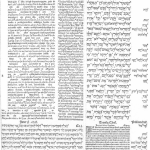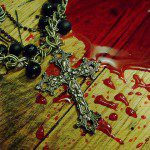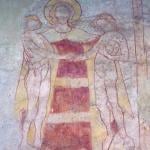Raleigh, N.C., Mar 31, 2017 / 09:32 am (CNA/EWTN News).- North Carolina has modified its law on gender identity and the use of bathrooms and locker rooms, after facing pressure from LGBT activists and their allies in business, sports and entertainment. But some say the changes take the wrong path. “Every North Carolinian deserves to have their privacy respected in intimate settings like locker rooms and restrooms,” said Kellie Fiedorek, legal counsel with the Alliance Defending Freedom, March 30. “One of government’s essential duties is to protect the citizens it governs, not to create uncertainty about whether showers and locker rooms will still be safe for women and girls,” she said. “North Carolina's economy is booming, so the state should not let the NCAA and others dictate the state’s policies and sell out their citizens’ interests based on flat-out lies about an economic doomsday that never happened.” Fiedorek charged that the legislature “failed families by giving into hypocritical bullies.” The repeal bill removes the portion of the 2016 law H.B. 2 that had said that in public buildings and schools, people must use the restrooms and locker rooms that align with the biological sex on their birth certificate, rather than their self-perceived “gender identity.” Supporters of the 2016 law said distinctions on the basis of sex are necessary for private areas such as restrooms and shower facilities. They warned that the ordinance would allow any biological male into the women’s restrooms, which could lead to instances of assault. The law drew protests from influential corporations and entertainment figures, while the Obama administration’s Justice Department, operating under a new interpretation of anti-discrimination law, contended that it violated civil rights protections on the basis of sex. The National College Athletics Association had moved its 2016-2017 championship events out of the state because of the bill. H.B. 2 was passed in response to a Charlotte City Council Ordinance that would have, among other provisions, allowed individuals to use restroom facilities based on their self-perceived “gender identity.” The 2016 measure had been signed into law by Gov. Pat McCrory, who was defeated in the 2016 elections by Democrat Roy Cooper. Gov. Cooper had promised to repeal the law. The new governor, who is seeking anti-discrimination protections for sexual orientation and gender identity, said the latest legislation was not his preferred solution. The new modifications passed the House 70-48 and the Senate 32-16. It reserves to the state legislature the right to regulate bathroom access. It also bars local governments from passing any new nondiscrimination ordinances or amendments applying to private employment and public accommodation until the year 2020. Read more
















